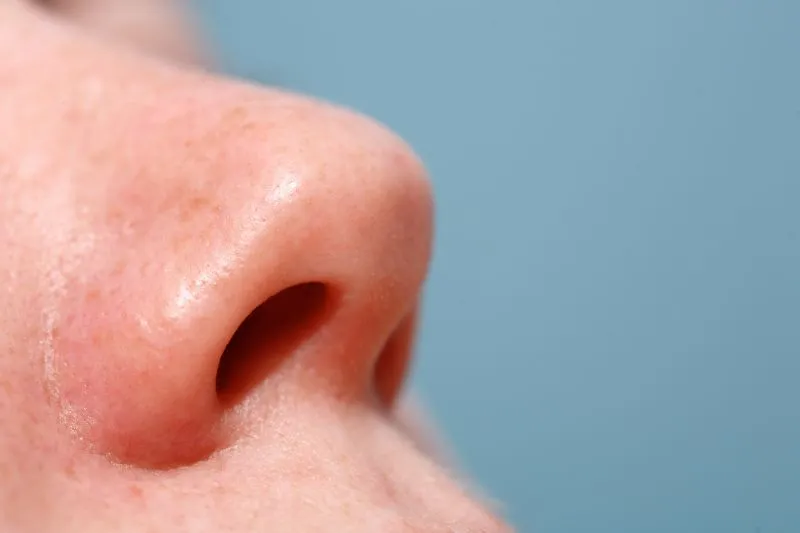Microplastics in Nose Tissue: A New Study Sheds Light on Health Risks

Microplastics Discovered in Olfactory Bulb
Microplastics have been identified in the nose tissue of human cadavers in a new study, highlighting potential health risks. Researchers found these particles in the olfactory bulb, a critical area for odor detection located at the brain’s base. Lead author Luís Fernando Amato-Lourenço indicated that these findings suggest translocation to other brain regions could occur.
Health Implications of Microplastics
The implications of microplastics for health are concerning. Amato-Lourenço noted that the shape, size, and characteristics of these particles influence their ability to bypass protective barriers like microglia cells in the blood-brain barrier. Findings from various studies indicate that microplastics may contribute to increased risks of cardiovascular events.
- Microplastics can invade tissues and disrupt cellular processes.
- Recent analyses show associations between microplastics and health complications.
- Exposure routes include airborne fibers and micro-fragments.
Next Steps for Research and Public Health
It is crucial for future research to thoroughly investigate the sources of microplastics in human bodies and their long-term health effects. Strategies to reduce plastic exposure include minimizing the use of plastic containers and opting for alternatives like stainless steel.
This article was prepared using information from open sources in accordance with the principles of Ethical Policy. The editorial team is not responsible for absolute accuracy, as it relies on data from the sources referenced.